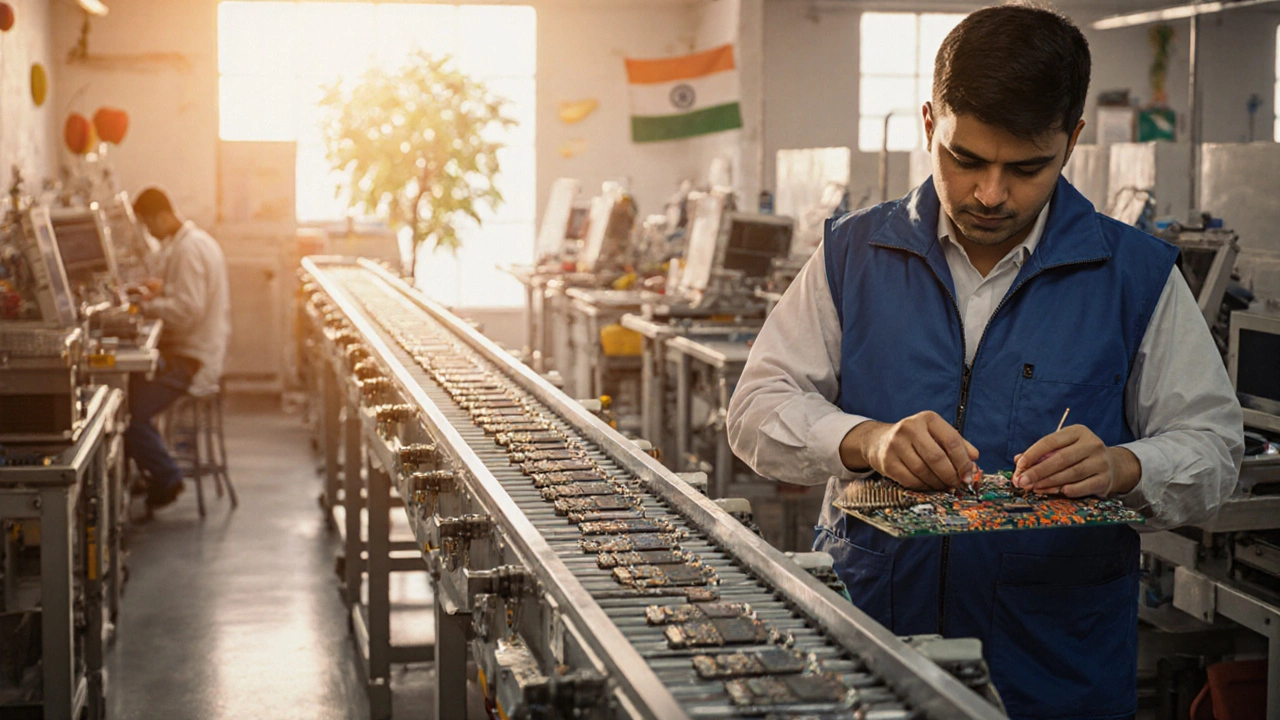Cost‑Effective Manufacturing: Boost Profits Without Breaking the Bank
When discussing cost‑effective manufacturing, the practice of producing goods while minimizing waste, energy use, and overall expenses. Also known as lean production, it helps companies stay competitive in tight markets.
One key approach is lean manufacturing, a systematic method that cuts non‑value‑adding steps and streamlines workflows, which directly fuels profitability, the ability to generate higher margins on each unit sold. In simple terms, lean manufacturing removes the fluff so every dollar spent adds value.
Why It Matters for Every Size of Business
Small‑scale manufacturers often think cost savings are out of reach, but small‑scale manufacturing, production runs that focus on limited batches, custom orders, or niche markets actually thrives on the same principles. When you keep batch sizes low and adapt quickly, you avoid large inventory costs and can price competitively.
Efficient raw material sourcing, the process of finding, evaluating, and purchasing the inputs needed for production is another hidden lever. By negotiating directly with polymer producers or choosing recycled feedstock, manufacturers shave off a big chunk of the bill and often improve sustainability credentials.
These ideas form a simple chain: cost-effective manufacturing encompasses lean manufacturing; lean manufacturing requires efficient raw material sourcing; and efficient sourcing boosts profitability. That logical flow shows how each piece supports the next, making the whole system stronger.
Technology also plays a role. Simple automation tools—like CNC routers for metal parts or injection‑molding software for plastics—reduce human error and speed up repeatable tasks. When the machine does the heavy lifting, labor costs drop and quality stays consistent.
Financing matters, too. New entrepreneurs often wonder how to fund a cost‑cutting overhaul. A solid business plan that highlights lean goals can attract first‑round investors, as shown in our guide on securing startup funding. Money saved on waste becomes extra cash for growth.
Regulatory incentives are another boost. Government schemes for green manufacturing reward firms that lower energy consumption and waste. By aligning lean projects with these programs, companies can claim tax breaks or subsidies, further shrinking the cost base.
Geography influences decisions as well. Locations with strong logistics networks lower transportation expenses, while regions with abundant raw material sources cut inbound costs. Choosing the right hub can be as impactful as tweaking a single process.
Ultimately, the goal is to make every rupee stretch further without sacrificing quality. Whether you run a boutique plastic shop, a pharma lab, or a steel mill, the same mindset applies: identify waste, streamline flow, source smart, and let technology handle the repetitive work.
Below you’ll find a curated set of articles that dive deeper into each of these areas—profitability analysis, lean implementation tips, raw material sourcing strategies, and case studies from Indian manufacturers. Use them to build a roadmap that turns cost‑effective manufacturing from a buzzword into a daily habit.

Cheapest Countries for Manufacturing Products in 2025
Explore the cheapest countries for manufacturing in 2025, learn how to calculate true landed cost, compare key hubs, and avoid hidden expenses.
Read More